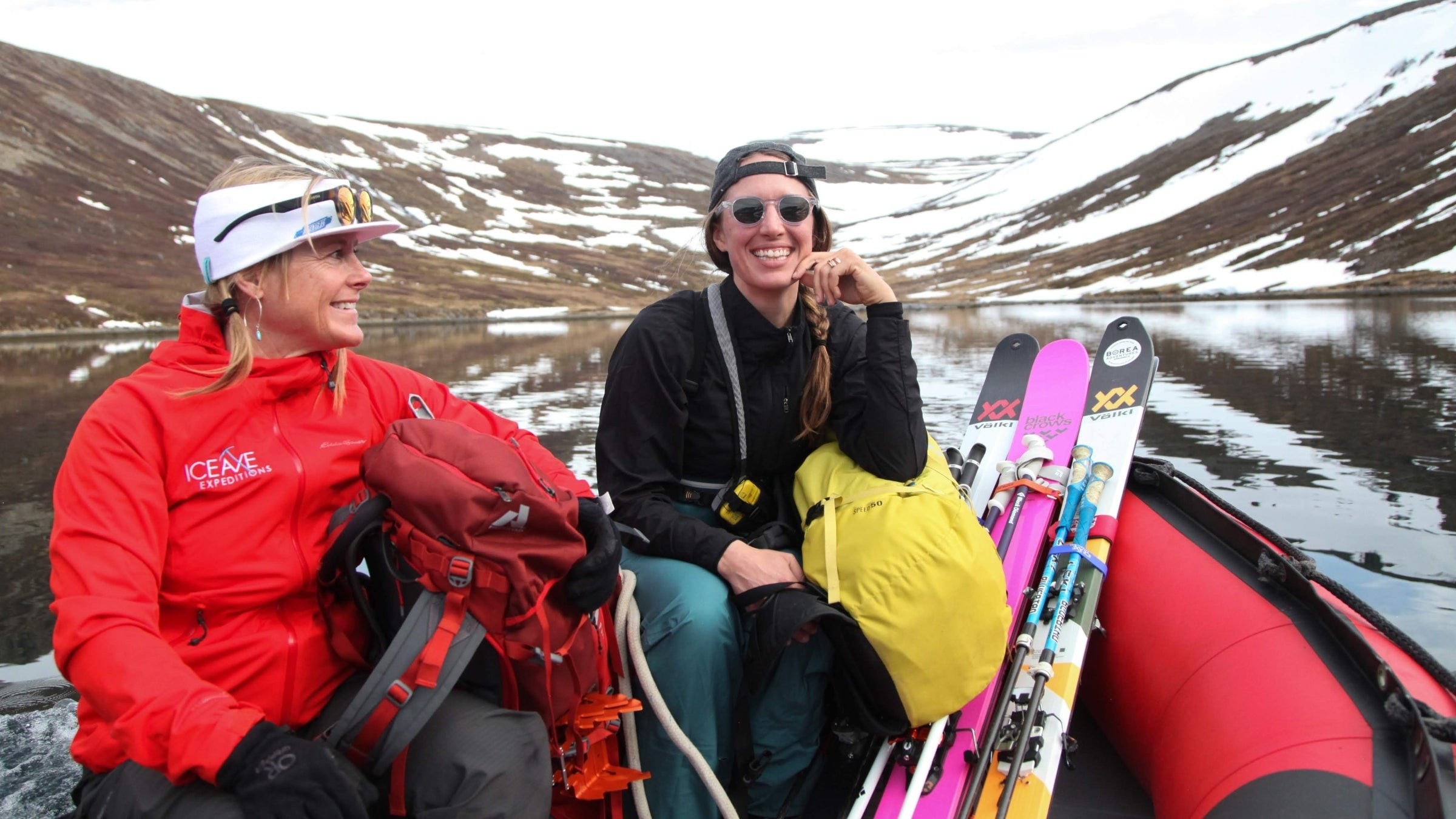Tipping in the service industry is common, but the rules aren’t always clear. When it comes to outdoor adventures like guided backcountry ski trips, whitewater rafting excursions, or even an afternoon of guided fly-fishing, knowing how much should I tip my tour guide can be confusing. This guide breaks down the etiquette of tipping your tour guide, ensuring a smooth and appreciated transaction.
“Guiding is very similar to the restaurant industry. It’s a service industry,” explains Shane Robinson, a Seattle-based mountain guide and the founder of Graybird Guiding, who also guides for Alpine Ascents International. “Unfortunately, guides are probably not paid as well as they should be. So, most guides rely on those tips to make ends meet.”
 Guide Lel Tone on a backcountry ski trip
Guide Lel Tone on a backcountry ski trip
Tipping Tour Guides: The Golden Rules
Navigating the world of gratuities doesn’t have to be awkward. Here’s a breakdown of the essential “dos” and “don’ts” to ensure you’re tipping like a pro:
1. Do the Math: Percentage-Based Tipping
The standard gratuity for tour guides falls between 10% and 20% of the total trip cost. For instance, if you’re paying $500 for a guided rock climbing experience, tipping your guide $50 to $100 would be appropriate.
2. Do Tip Even on Expensive Trips: Factor It Into Your Budget
Even if you’ve already spent a significant sum on a guided trip, such as a Grand Canyon river adventure, tipping is still expected. Canadian guide Holly Walker, owner of Fall Line Guides, notes that people sometimes tip less on pricier trips. To avoid sticker shock, factor a 10-20% tip into your initial budget.
3. Do Prepare Ahead: Envelopes of Gratitude
Avoid the awkwardness of scrambling for cash at the trip’s end. Sandy Cunningham, CEO and co-founder of Uncharted, suggests preparing envelopes with predetermined amounts for various staff members (driver, guide, cook, etc.).
4. Do Tip at the End of Your Trip: A Token of Appreciation
While some services allow you to add a tip to your credit card when booking, delivering the gratuity at the end of the trip feels more personal and allows you to base it on the guide’s performance. This is best done during goodbyes, presenting the envelope with a sincere thank you.
5. Do Bring Cash: The Preferred Method
While Shane Robinson jokes he’ll take any form of payment, cash remains king. If cash isn’t feasible, U.S. guides often accept tips via Venmo. If your guide is from another country, cash is the preferred method. Platforms like 57Hours may also have built-in tipping options.
6. Do Give U.S. Dollars: A Universally Accepted Currency
Canadian guide Holly Walker confirms that U.S. dollars are widely accepted. Bringing USD from home eliminates the need to exchange currency upon arrival, especially in countries with weaker currencies.
7. Don’t Forget Instructional Settings: Showing Appreciation to Instructors
Guiding extends to lessons and clinics. Whether it’s a ski resort instructor, a mountain bike clinic, or a running retreat, tipping is always appreciated. Aim for the standard 10-20% of the lesson price. This also applies to avalanche safety courses and mountaineering courses, where tips, though less common, are highly valued.
8. Do Remember the Rest of the Staff: Spreading the Gratitude
At backcountry huts, wilderness lodges, or safari camps, remember the cook, caretaker, and cleaning staff. Tip your guide first (10-20%), and then leave a separate tip for the remaining staff, either in a designated tip box or as directed by your guide.
9. Do Collect Your Tips if You’re in a Group: Streamlining the Process
If traveling with a group, consolidate the tips into a single gratuity. This avoids multiple transactions and is preferred by guides.
10. Don’t Tip in Beer: Cash is King (and Queen!)
While any gesture of gratitude is appreciated, cash is the most practical. Buying a guide a meal or drink is a nice addition to a monetary tip, not a replacement.
11. Do Tip Even If You Didn’t Summit: Recognizing the Effort
Outdoor adventures are unpredictable. Even if things don’t go as planned, consider the guide’s effort. If the guide underperformed, adjust the tip accordingly. However, if external factors prevented success, remember that good guiding sometimes means making difficult decisions for safety.
12. Don’t Be Afraid to Ask Questions: Clarifying Expectations
Tipping can be nuanced. Before your trip, clarify tipping expectations with the outfitter. While asking your guide directly how much to tip is awkward, seeking general guidelines from the company is perfectly acceptable.
Ultimately, tipping your tour guide is a way to acknowledge their expertise, hard work, and dedication to ensuring you have a memorable and safe experience. By following these guidelines, you can confidently navigate the world of gratuities and show your appreciation in a meaningful way.